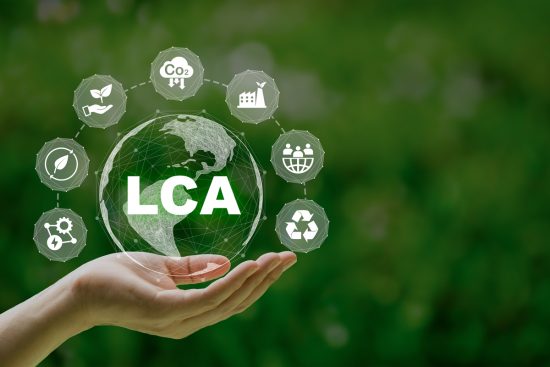Introducing Environmental Product Declaration (EPD) by using Life Cycle Assessment (LCA)
In a previous meeting, the Mechanical Seal Division proposed the following idea to quantify the lifecycle footprint of sealing products, such as mechanical seals. A link to the EPD Portal has been shared to define Product Category Rules (PCR) for typical products, including mechanical seals.

An EPD is a transparent and verified declaration by manufacturers to measure and reduce the environmental impact of their products. It highlights both positive and negative effects, offering reliable, third-party verified data on the environmental performance of a product or service.
Key Features of an EPD:
Transparent Reporting: Clear and comparable data about environmental impact.
Life Cycle Assessment (LCA): Evaluates the product’s environmental impact from creation to disposal.
Adherence to Standards: Must follow Product Category Rules (PCR) and General Programme Instructions (GPI).
EPD Development Process:
Life Cycle Perspective: Analyses environmental effects throughout the product’s life cycle.
EPDs must undergo third-party verification by approved verifiers.
Once verified, the EPD is registered and published via the International EPD System.
Key Standards and Guidelines:
EN15804: Core rules for environmental declarations in construction.
ISO/TS14027 & ISO14026: Guidelines for product category rules and footprint communication.
ISO14067 & ISO14044: Requirements for carbon footprint and life cycle assessment.
EPD stakeholders are owners, which can include manufacturers, service providers, or industry associations. They must appoint an LCA consultant and a PCR moderator, who oversees the development process.
Creating an EPD takes between 2 and 12 months, involving PCR selection, LCA studies, EPD compilation, third-party verification, and publication and annual registration for Industry costs €1000.
Summary: The EPD is an essential tool for sustainability, ensuring transparency in a product’s environmental impact through adherence to international standards and third-party verification. This commitment drives eco-friendly innovation and responsibility across industries.
Further investigation is required on the possibility to have one PCR for different types of MechSeals and the average cost for LCA by a third party to define the way forward.
Sandy Van den Broeck,
ESG Director, ESA
